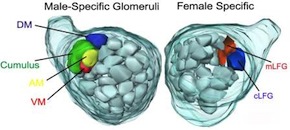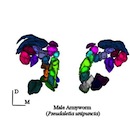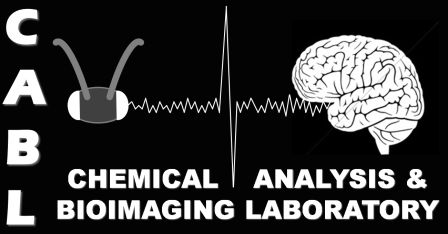Lab Summary
My research program extends to elements of ecology, agriculture, behaviour and neuroscience. Central to most of these research topics is the sense of olfaction, including behavioural responses to pheromones and the neurophysiology of olfactory apparatus™. My research program is divided into two broadly overlapping themes: Olfactory Behaviour and Neuroethology. From these themes, other research threads emerge such as: Olfaction and Applied Insect Management, Odourant Blends.
Olfactory Behaviour
The chemical senses (taste and olfaction), are critical in most animal species detect and process meaningful cues from their external environment (food, predators, mates). An enhanced understanding of these chemical stimuli, and the behaviors elicit within animals is critical to our understanding of the evolution of sensory systems. Insects, and particularly moths, provide excellent models for comparative studies of olfactory behavior, having highly predictable responses to conspecific pheromones and host plant odors.
Our lab currently investigates Heliothine moths as our primary model for examination of evolutionary shifts in the detection and processing of odorants. However, we also investigate a broad range of species moth (Lepidopteran) and other insects for olfactory-driven behaviors and to determine novel behaviorally-active compounds.
Neuroethology
The insect brain provides an excellent model for investigations of olfaction. In particular, the organization of the antennal lobe, with odor-mapped glomeruli, appears to have certain functional analogies to the vertebrate olfactory lobe. This paired with the ability to track odorant responses from the peripheral sensilla, into higher brain regions, and finally with high affinity to the resultant behavior, makes the moth brain a useful neurophysiological tool.
Research Threads
Several projects have been initiated in the Hillier lab, investigating insects of agricultural importance. The key model species’ examined in my lab are the Heliothine moths which represent significant crop pests worldwide. Furthermore, our lab is home to the Chemical Analysis and BioImaging Laboratory (or CABL, for short). This facility enables cutting-edge research on insect neurophysiology, and has facilitated a global network of collaborations. Finally, I am Primary Investigator on a multi-million dollar Atlantic Canadian Opportunities Agency Atlantic Innovation Fund (ACOA-AIF) project to develop and commercialize insect pheromones and semiochemicals to benefit forestry and agriculture in Canada.

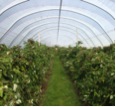
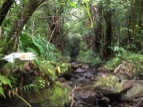
Highlights:
• • Recent research within my lab has investigated the importance of male hairpencil pheromones within Helicoverpa zea (aka Corn Earworm), an economically important pest of agricultural commodities.
• We have also been engaged in national and international collaborations to examine the chemical ecology of many crop pests, such as orange blossom wheat midge, quinoa moth, apricot gall wasp, and gypsy moths.
• We collaborate with Dave Shutler’s lab (Acadia University) to investigate the effects of parasitism or pesticides on bee behavior. This includes olfactory conditioning of honey bees, chemical analyses of pesticide fate in honey bees, and methods for monitoring and controlling Varroa mites in hives.
• Collaborations with the Canadian Forest Service have facilitated research on the olfactory physiology and management of key invasive forest pests, including Brown Spruce Longhorn Beetle and Beech Leaf Mining Weevil.
• Research on invasive Spotted Wing Drosophila (in collaboration with Agriculture and AgriFood Canada), including host volatile analyses, olfactory neurophysiology, and behavioral and field testing of key semiochemicals.
• Collaborations with Dr. Nicoletta Faraone (Acadia Chemistry) to investigate Acarine olfactions and tick repellents. Studies investigating cannabis crop protection, beverage development and psilocybin also in collaboration with Dr. Faraone.
• Collaboration with Memorial University of Newfoundland investigating Streptomyces volatiles
• Collaborations with the University of Hawai’i to investigate novel pheromones for a range of invasive and endemic insect pests.





